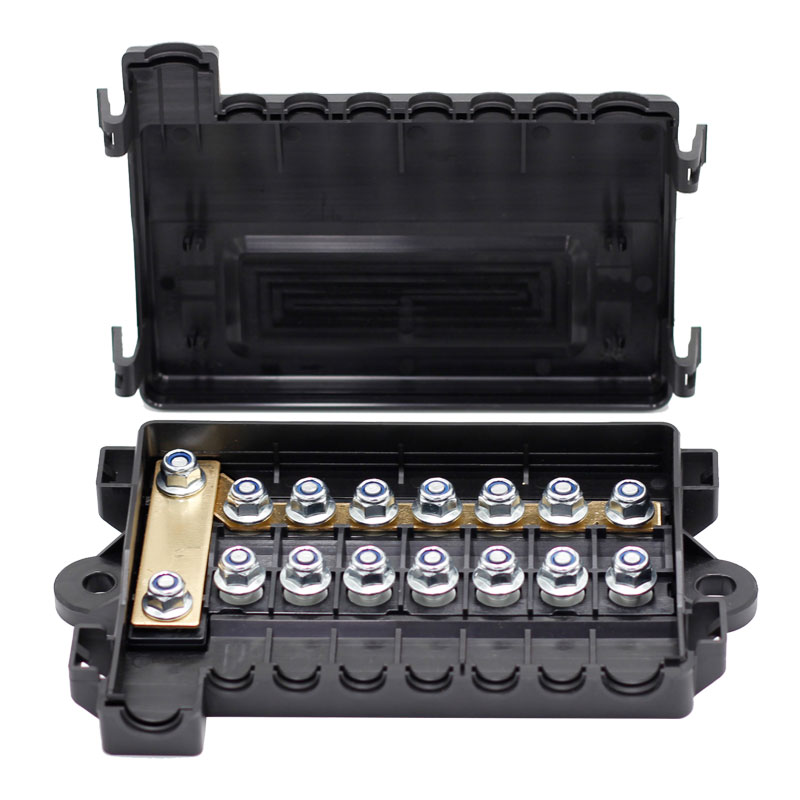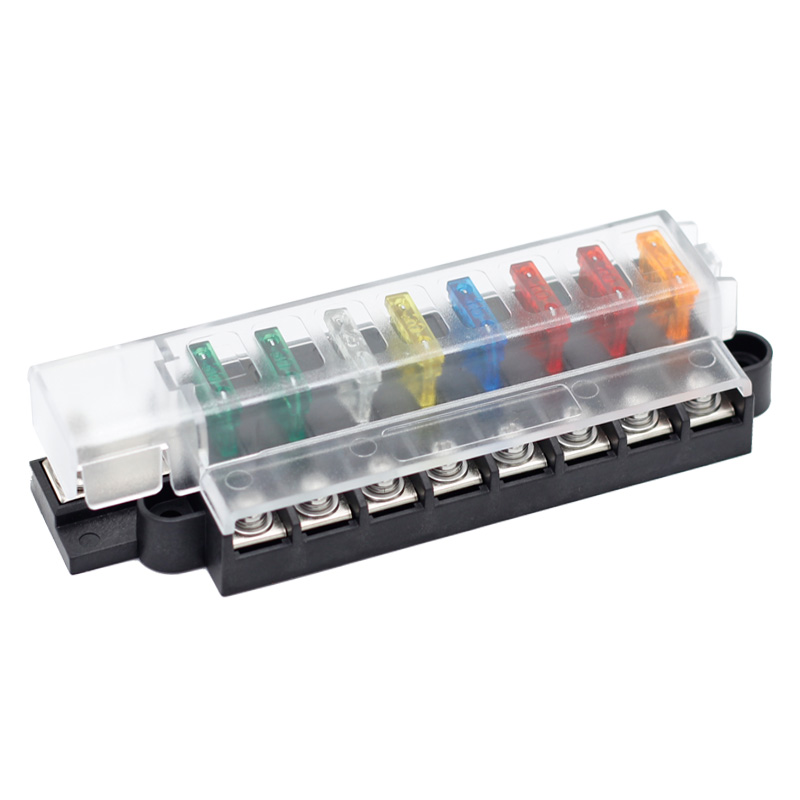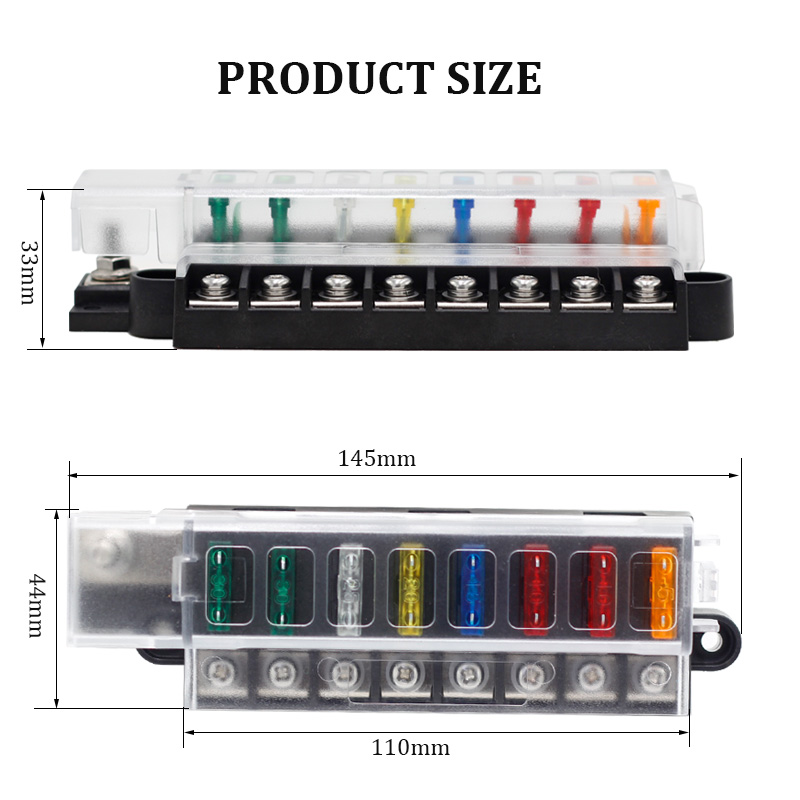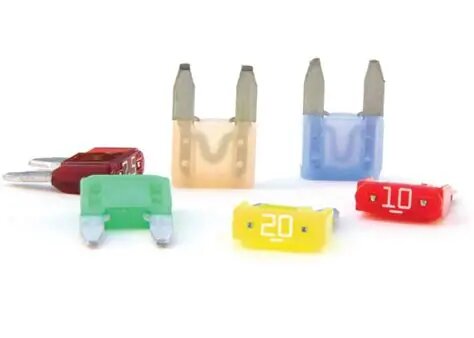Essential Guide to Car Fuse Holder Wiring Diagrams for Safe and Correct Connections to Prevent Short Circuits
News 2025-10-20
Car fuse holders are vital components in automotive electrical systems, designed to protect circuits from overcurrent and short circuits by housing fuses that interrupt faulty flows. Proper wiring based on accurate diagrams ensures vehicle safety and reliability, preventing hazards like fires or component failures. In everyday scenarios, such as installing aftermarket electronics or performing maintenance, correct connections maintain system integrity and extend the life of electrical parts. This guide focuses on practical steps and best practices drawn from industry standards to enhance performance in diverse applications, from daily commutes to high-performance modifications.

Key Elements in Fuse Holder Wiring Diagrams
Wiring diagrams for car fuse holders typically illustrate critical components like terminals, wires, and fuse placements, using symbols and color codes for clarity. These diagrams help identify positive and negative connections, ground points, and accessory integrations, making it easier to avoid miswiring. By standardizing layouts, they support efficient troubleshooting and upgrades, improving system responsiveness and reducing downtime in automotive repairs or customizations.
Proper Wiring Techniques to Mitigate Short Circuit Risks
Effective wiring involves matching diagram specifications to the vehicle’s setup, starting with secure terminal attachments and using appropriate gauges and insulators. Techniques include stripping wires minimally, crimping connections tightly, and testing with a multimeter for faults before powering up. This precision enhances durability and safety, allowing fuse holders to handle varying loads without failure, which is crucial for applications like high-draw audio systems or lighting upgrades in modern vehicles.
Common Questions and Answers
1. What causes short circuits in car electrical systems?
Answer: Short circuits often result from damaged insulation, loose connections, or incorrect wiring, leading to unintended current paths that can overheat components.
2. How do I read a fuse holder wiring diagram?
Answer: Start by identifying symbols for wires and terminals, then follow the flow from power source to load, ensuring color codes match your vehicle’s setup for accurate interpretation.
3. Why use a fuse holder instead of direct wiring?
Answer: Fuse holders provide easy access for fuse replacement and better protection against overcurrent, improving safety and maintenance efficiency in automotive applications.


